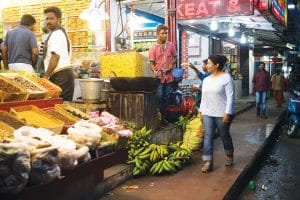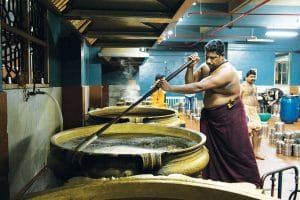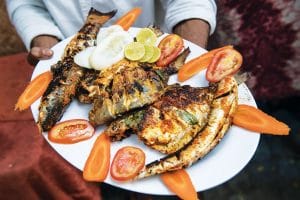A Chef’s Quest in India: Win Respect For Its Cooking
 Photo: Evan Sung/The New York Times
Photo: Evan Sung/The New York Times
In the shade of a cardamom patch on a South Indian mountainside, Asha Gomez leaned against a tree and began to cry.
She asked a photographer to stop taking pictures and sent a videographer farther down the dirt path. Gomez, a chef from Atlanta who had traveled for 22 hours to get to the land where she was born, needed a moment.



